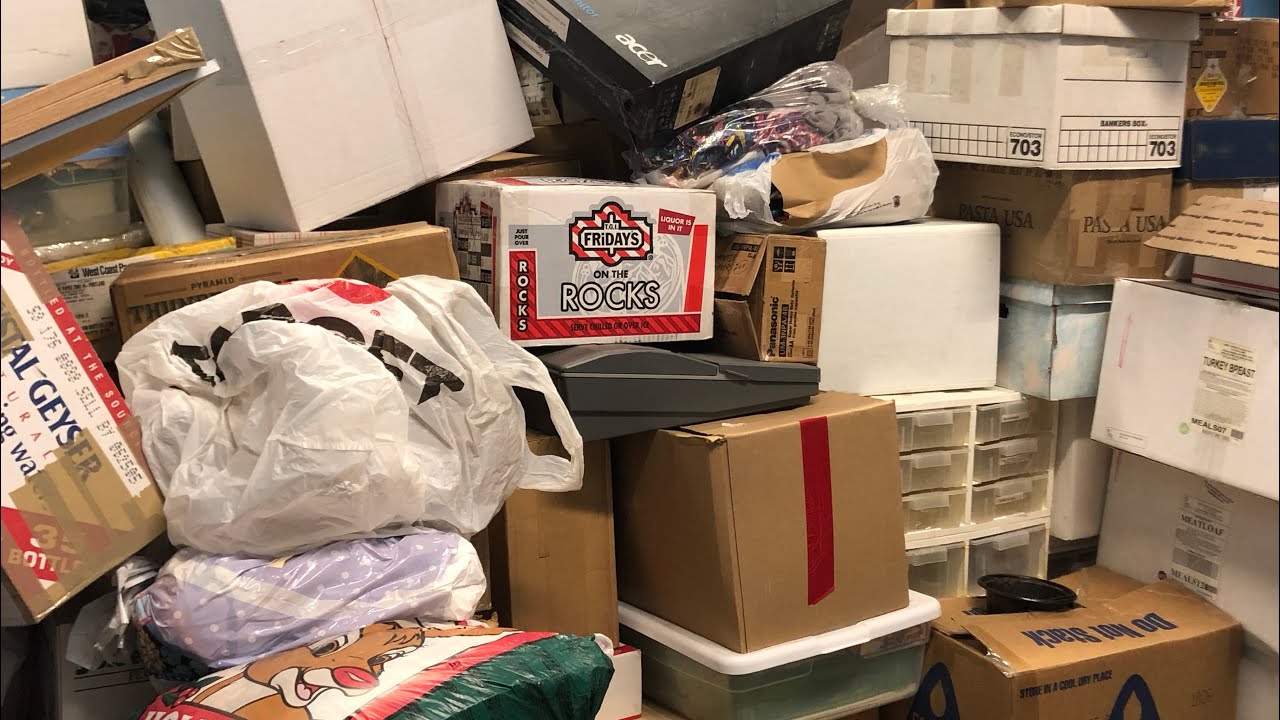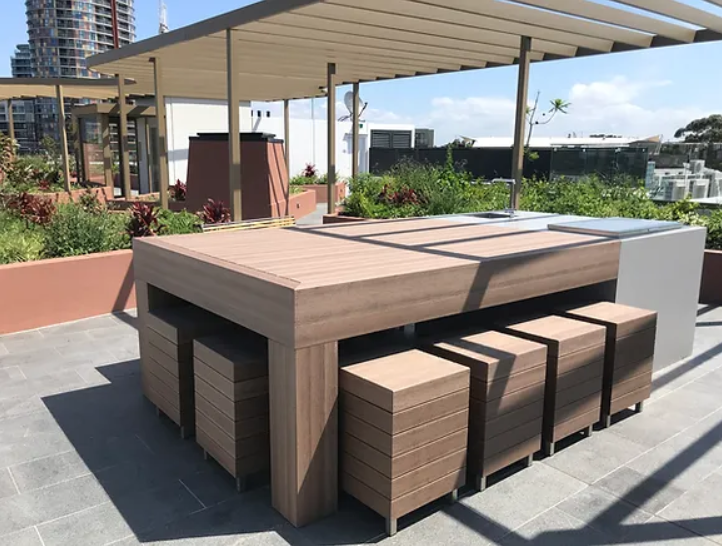In the competitive world of retail, managing inventory is a delicate balance. One of the most challenging aspects is dealing with rejected merchandise, which can include returns, unsold items, or goods that don’t meet quality standards. However, what might initially seem like a loss can be turned into a profitable opportunity with the right strategies. This article will explore various methods to transform rejected merchandise into a valuable asset for your business. Rejected merchandise can come from several sources:
-
Customer Returns: Items returned by customers for various reasons, including defects, dissatisfaction, or buyer’s remorse.
-
Overstock: Excess inventory that hasn’t sold within a certain timeframe.
-
Defective Products: Goods that fail to meet quality standards due to manufacturing defects.
-
Seasonal Items: Products that are out of season and less likely to sell at their original price.
Each type of rejected merchandise requires a different approach to maximize its potential value.
Strategies for Turning Rejected Merchandise into Profit
1. Refurbish and Resell
Refurbishing involves repairing and restoring returned or defective items to make them sellable again. This approach is particularly useful for electronics, appliances, and high-value goods.
-
Inspection and Repair: Thoroughly inspect returned items to identify any issues. Minor defects can often be repaired at a low cost.
-
Repackaging: Once repaired, items should be cleaned, tested, and repackaged to give them a new, appealing look.
-
Reselling: These refurbished items can then be sold at a discounted rate compared to new products, offering a value proposition to budget-conscious customers.
2. Repurpose and Rebrand
Sometimes, items cannot be sold in their original form but can be transformed into new products.
-
Creative Repurposing: For example, fabric from unsold clothing can be used to create accessories or home decor items.
-
Rebranding: Give these new products a unique brand identity that distinguishes them from the original merchandise.
3. Sell to Discount Retailers
Discount retailers and liquidation companies specialize in buying rejected merchandise at a low price and selling it to consumers who are looking for bargains.
-
Bulk Sales: Selling in bulk to these retailers can help you quickly clear out unsellable inventory.
-
Negotiating Terms: Ensure you negotiate terms that cover your costs and provide a reasonable profit margin.
4. Online Marketplaces
Platforms like eBay, Amazon, and specialized resale sites offer a vast marketplace for selling rejected merchandise directly to consumers.
-
Online Auctions: Auction-style listings can attract competitive bidding, potentially increasing the final sale price.
-
Fixed Price Listings: Set a fixed price for items to attract buyers looking for specific products.
5. Flash Sales and Pop-Up Shops
Organize limited-time sales events to attract customers and create a sense of urgency.
-
Flash Sales: Offer significant discounts for a short period to quickly move inventory.
-
Pop-Up Shops: Temporary retail spaces can attract attention and drive sales in high-traffic areas.
6. Donations and Tax Deductions
Donating rejected merchandise to charities or non-profit organizations can provide financial benefits through tax deductions while also enhancing your brand’s reputation.
-
Identify Reputable Charities: Ensure the organization you donate to is recognized and can provide the necessary documentation for tax purposes.
-
Tax Benefits: Consult with a tax professional to understand the specific benefits and documentation required.
7. Bundle Offers
Combine rejected items with popular products to create attractive bundle deals.
-
Added Value: Customers perceive greater value in bundles, which can increase overall sales.
-
Clear Inventory: Bundling helps move unsellable items alongside high-demand products.
8. Upcycle and Customization Services
Upcycling involves creatively reusing products to create something of higher value. Offering customization services can also add a unique touch to otherwise unsellable items.
-
DIY Projects: Encourage customers to upcycle items with DIY project ideas and kits.
-
Personalization: Offer customization services, such as engraving or adding personalized elements, to make items more appealing.
Best Practices for Managing Rejected Merchandise
1. Efficient Return Policies
Implementing efficient return policies can minimize the volume of rejected merchandise.
-
Clear Guidelines: Ensure customers understand the return process and conditions.
-
Quick Turnaround: Process returns quickly to reintegrate sellable items back into inventory.
2. Quality Control
Enhance quality control measures to reduce the occurrence of defective products.
-
Supplier Standards: Work with suppliers to ensure high-quality materials and manufacturing processes.
-
Regular Inspections: Conduct regular inspections of incoming inventory to catch defects early.
3. Inventory Management
Effective inventory management can prevent overstock and seasonal items from becoming a burden.
-
Demand Forecasting: Use data analytics to predict demand and adjust inventory levels accordingly.
-
Just-in-Time Inventory: Implement just-in-time inventory practices to reduce excess stock.
Conclusion
Turning rejected merchandise into a profit opportunity requires creativity, strategic planning, and a willingness to explore various avenues. From refurbishing and reselling to donating for tax benefits, there are numerous ways to make the most out of unsellable inventory. By implementing these strategies, businesses can not only recover costs but also enhance their reputation and appeal to a broader customer base. Effective inventory management, quality control, and efficient return policies are crucial in minimizing rejected merchandise and maximizing profitability.
Frequently Asked Questions
What are the benefits of refurbishing and reselling rejected merchandise?
Refurbishing and reselling can reduce waste, recover costs, and appeal to budget-conscious customers. It also enhances your brand’s reputation for sustainability and value.
How can I ensure the quality of refurbished items?
Implement a rigorous inspection and repair process, and test each item thoroughly before repackaging. Offering warranties on refurbished products can also assure customers of their quality.
What are the risks of selling to discount retailers?
The main risk is receiving lower prices for your merchandise, which can affect your profit margins. However, selling in bulk and negotiating favorable terms can mitigate this risk.
How do online marketplaces help in selling rejected merchandise?
Online marketplaces provide a wide audience and various selling formats, such as auctions and fixed-price listings, allowing you to reach more potential buyers and sell items quickly.
Can donating rejected merchandise really benefit my business?
Yes, donations can provide tax deductions and improve your company’s public image by demonstrating corporate social responsibility.
What types of products are best suited for upcycling?
Products with versatile materials, such as textiles, wood, and metal, are ideal for upcycling. Creative projects can turn these materials into new, desirable items.
How do bundle offers help in selling rejected merchandise?
Bundling combines less desirable items with popular ones, increasing perceived value and encouraging customers to make a purchase. It’s an effective way to clear inventory and boost sales.
What should I consider when choosing a charity for donations?
Ensure the charity is reputable, can provide the necessary tax documentation, and aligns with your company’s values and mission. This ensures both a financial and reputational benefit.


